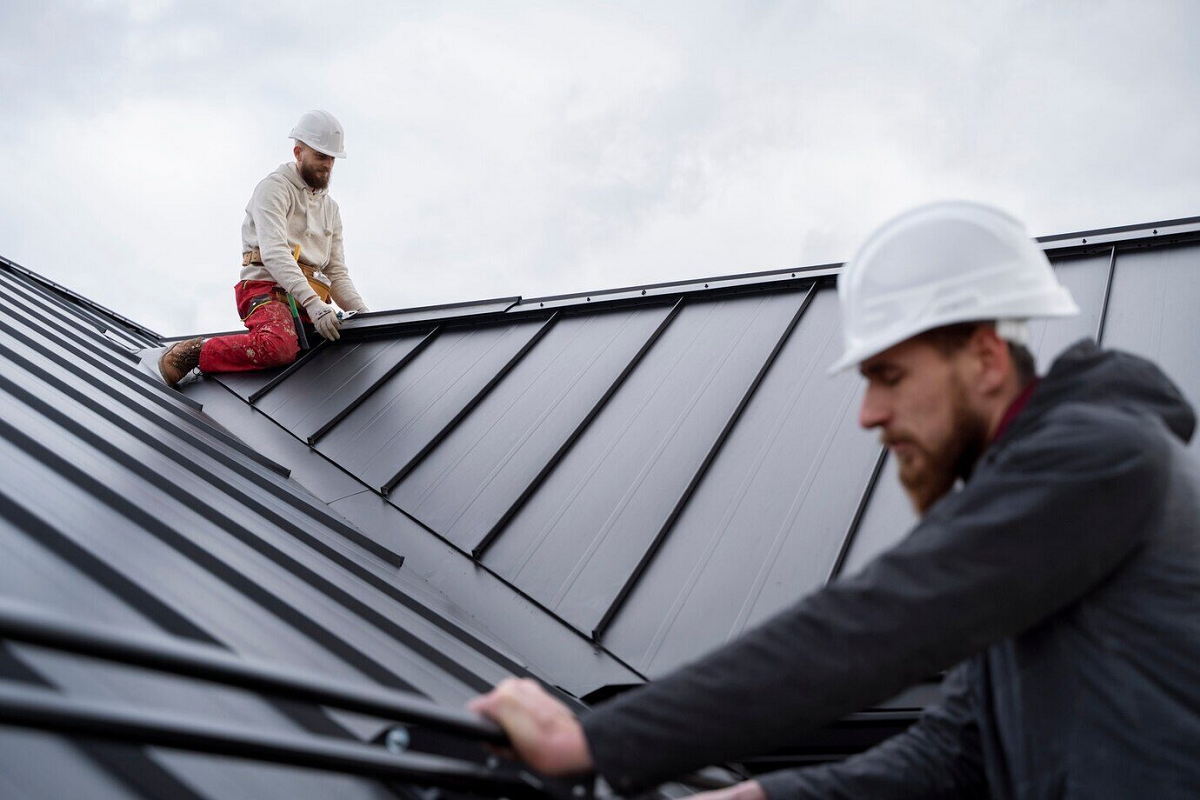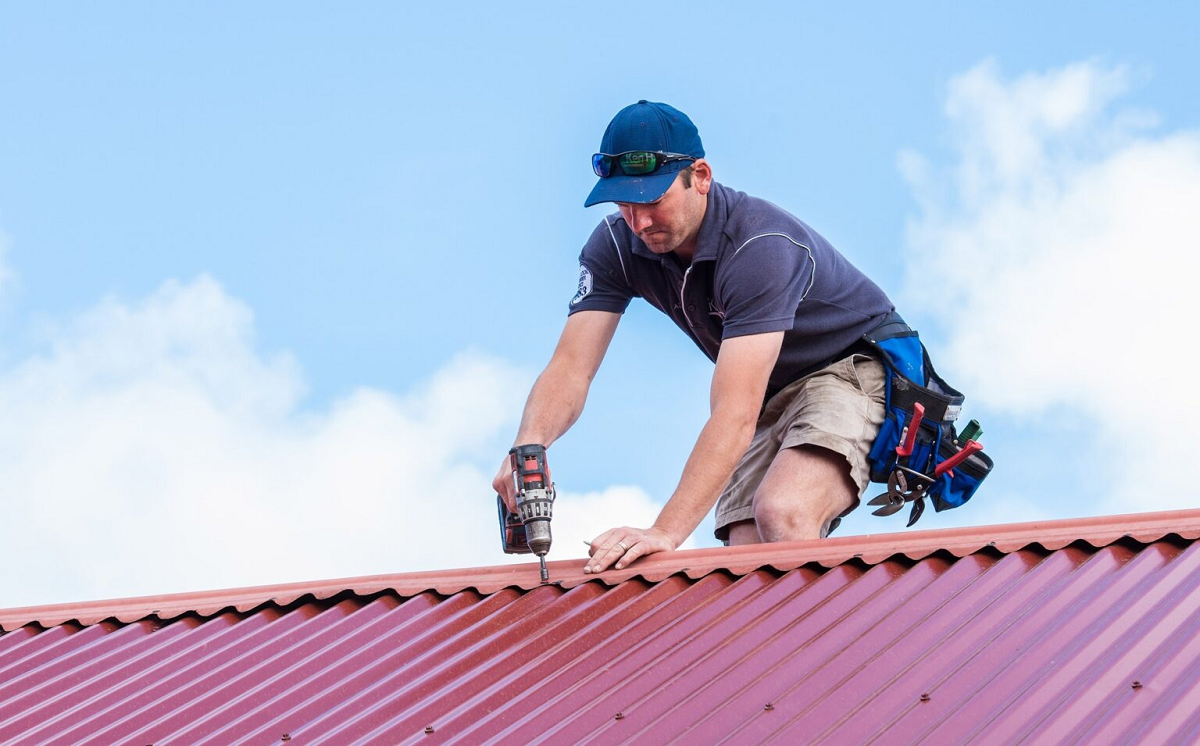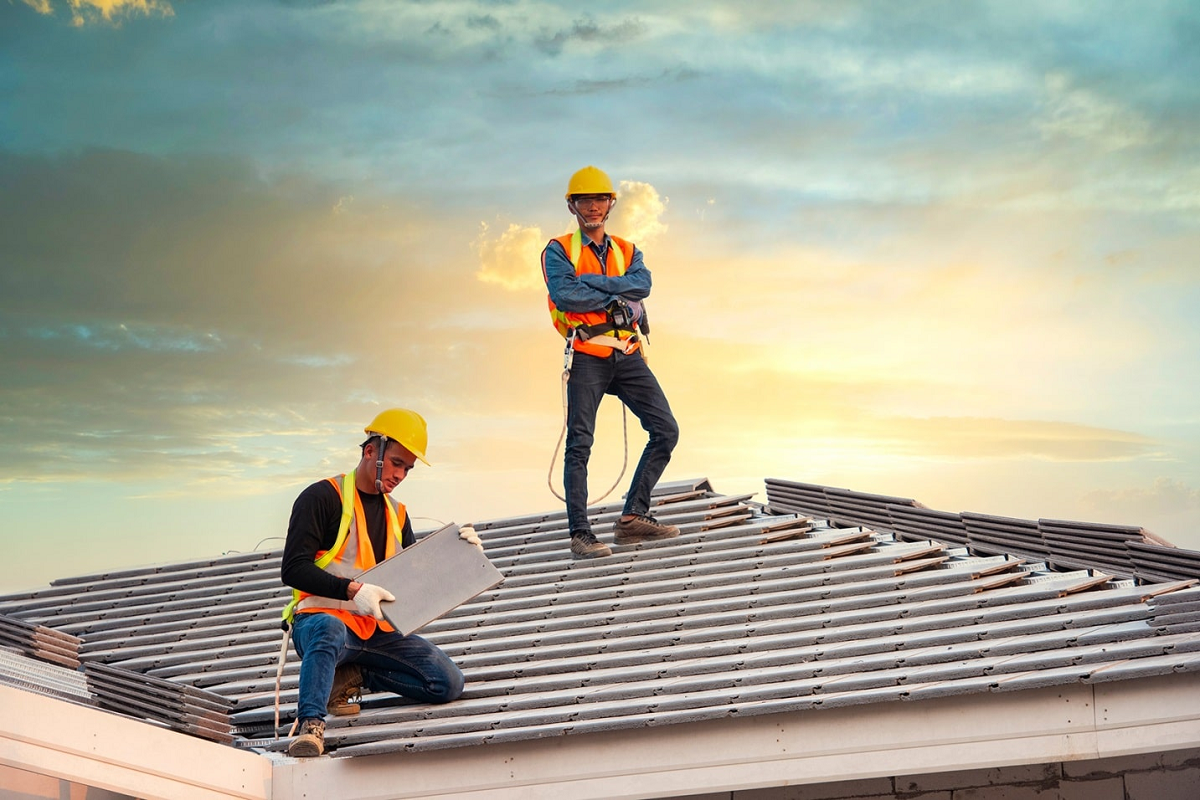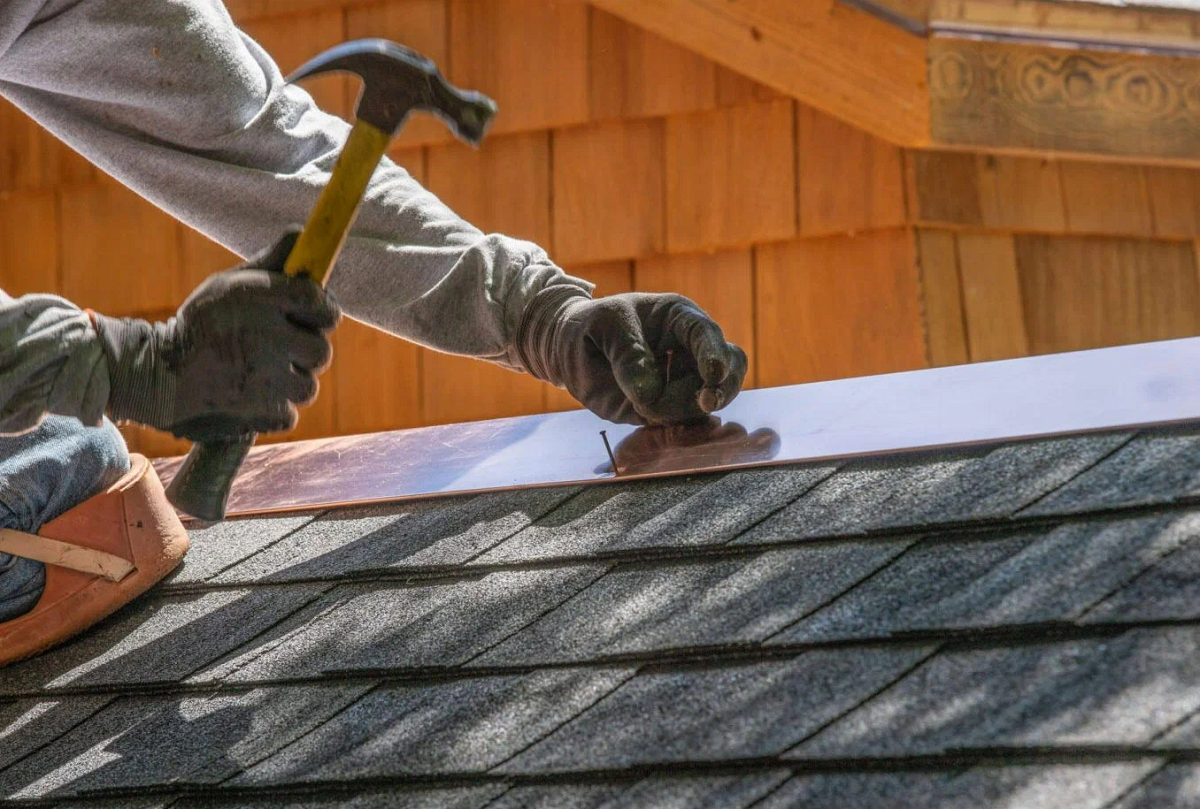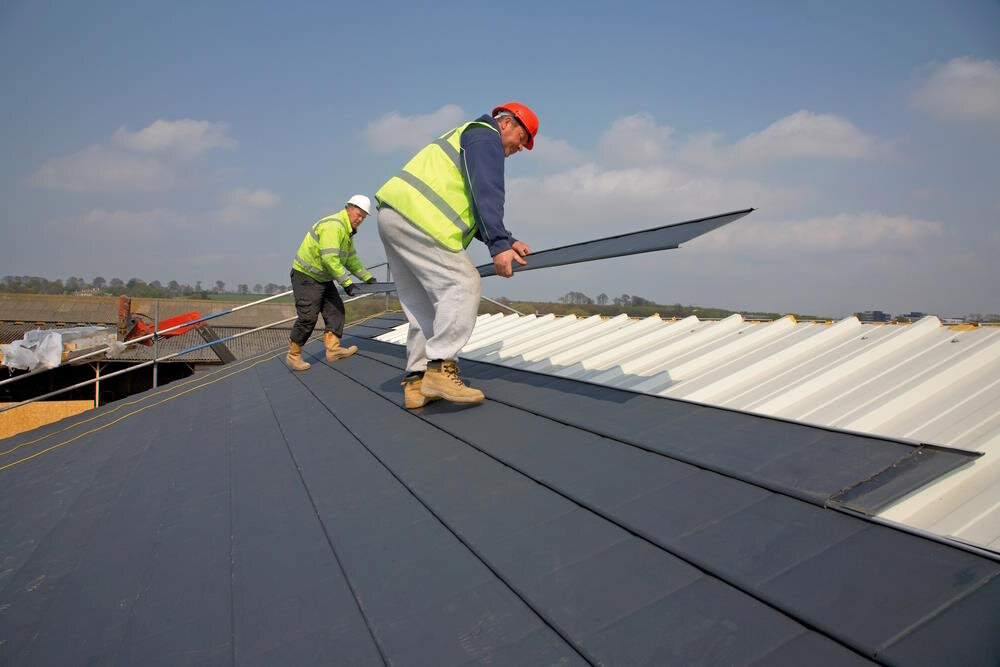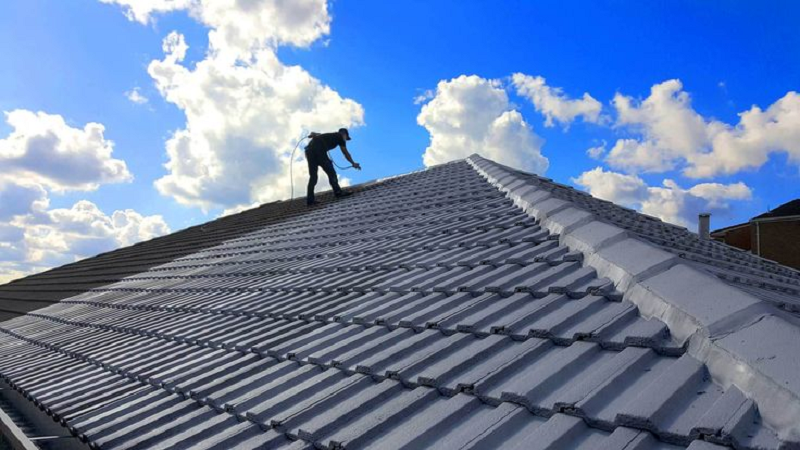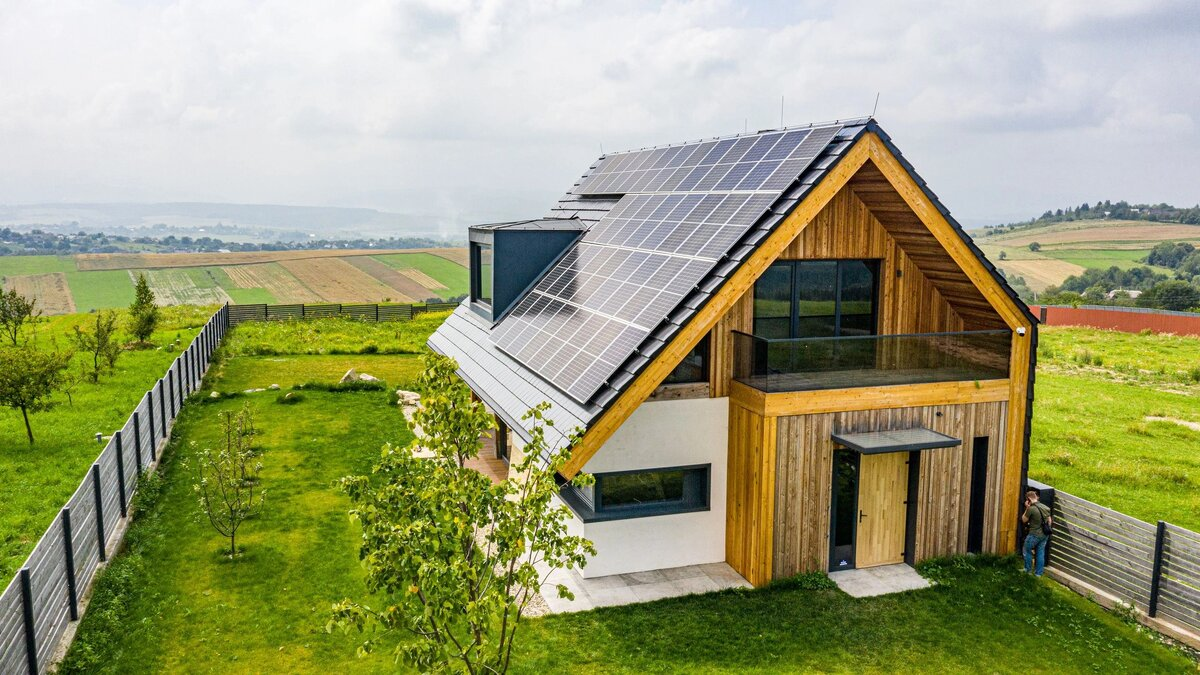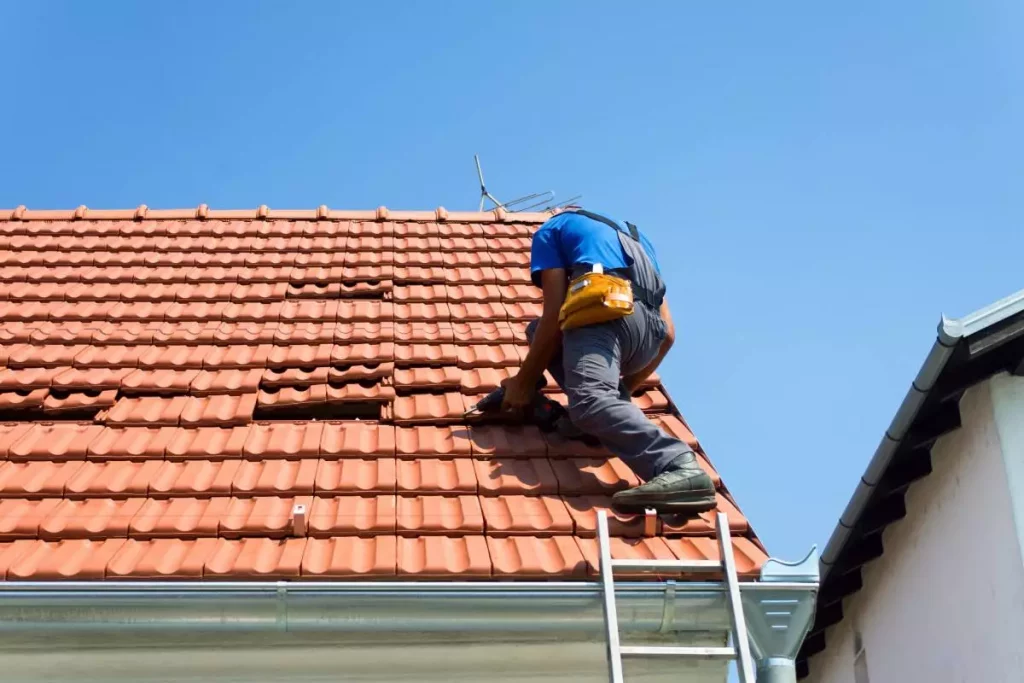The Impact of Roofing Material Weight on Your Structure
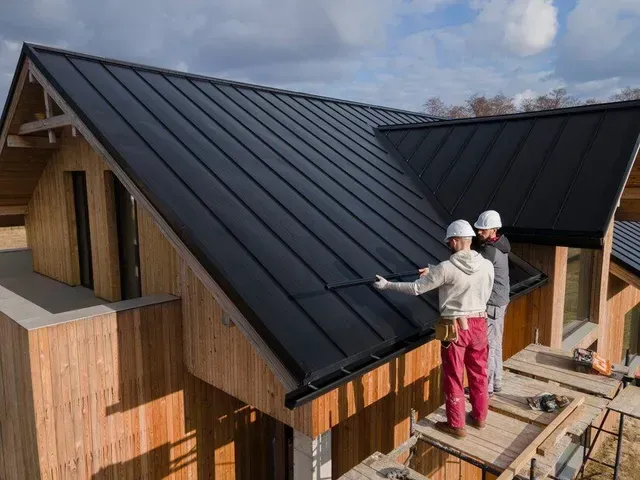
Roofing materials serve as more than just protective layers atop our homes; they play a crucial role in the structural integrity and stability of our buildings. Among the myriad factors to consider when selecting roofing materials, weight stands out as a significant determinant.
The impact of roofing material weight on your structure is profound and multifaceted. Whether you're opting for traditional asphalt shingles, metal roofing, or eco-friendly alternatives like solar panels, understanding how their weight interacts with your building's framework is paramount. Excessive weight can strain the structure, leading to potential structural damage, while lighter options might offer relief but require careful consideration to ensure they still provide ample protection.
In this exploration, we delve into the implications of roofing material weight, its influence on structural durability, energy efficiency, and overall safety, providing insights to guide informed decision-making for homeowners and builders alike.
Structural Integrity: Understanding the Load
Structural integrity hinges upon comprehending the load-bearing capacity of your building's framework in relation to the roofing material's weight. Each roofing material exerts a specific downward force on the structure, which must be within the tolerances specified by engineers and building codes.
Understanding this load is critical; failure to do so can result in structural damage, compromised safety, and costly repairs. Factors such as the pitch of the roof, local weather conditions, and the design of the building all influence the load distribution.
Engineers employ sophisticated calculations to ensure the roofing material's weight doesn't exceed the structural capacity, maintaining the building's stability over time. Regular inspections and assessments are necessary to monitor any changes in load distribution and address potential issues promptly, safeguarding the structure's integrity.
Heavyweight Materials: Risks and Considerations
Opting for heavyweight roofing materials, like concrete or clay tiles, brings durability and longevity but also significant structural stress. This strain may cause sagging, cracking, or even failure without proper support, necessitating reinforced framing and adding to construction costs.
Transportation logistics are another concern, often requiring specialized equipment. Despite challenges, heavyweight materials provide timeless aesthetics and robust protection against severe weather, particularly in hurricane or wildfire-prone areas. To mitigate risks and ensure longevity, thorough planning and consultation with structural engineers are essential.
Lightweight Alternatives: Balancing Efficiency and Protection
In contrast to heavyweight materials, lightweight roofing alternatives, such as asphalt shingles or metal panels, offer a compelling balance between efficiency and protection. These materials exert less downward force on the structure, reducing the need for additional structural support and simplifying installation.
The lightweight nature of these materials also facilitates transportation and handling, potentially lowering overall construction costs. However, the efficiency of lightweight roofing materials must be carefully balanced with their protective capabilities. While they may offer sufficient protection in moderate climates, they may be less resilient in regions prone to severe weather events.
Additionally, some lightweight materials may have shorter lifespans compared to their heavyweight counterparts, requiring more frequent maintenance and replacement. Homeowners should weigh these factors against their budget, aesthetic preferences, and environmental considerations to make an informed decision about the most suitable roofing material for their needs.
Impact on Building Codes and Regulations
The choice of roofing material significantly impacts compliance with building codes and regulations, which are designed to ensure the safety and structural integrity of buildings. Building codes typically specify requirements regarding factors such as wind resistance, fire resistance, and structural load capacity, all of which are influenced by the weight and characteristics of the roofing material.
Heavyweight materials may trigger additional code requirements, such as the need for reinforced framing or special permits for installation. Conversely, lightweight materials may offer more flexibility in meeting code requirements while still providing adequate protection. Compliance with building codes is non-negotiable, as failure to adhere to regulations can result in costly fines, delays in construction, and potential liability issues in the event of accidents or disasters.
Therefore, it is essential for homeowners and builders to consult with local authorities and ensure that their chosen roofing material meets all applicable codes and regulations before proceeding with installation.
Long-Term Effects on Structural Stability
Long-term effects on structural stability are a crucial consideration in choosing roofing materials. Over time, stress from the roof's weight can lead to issues like sagging or deterioration. Preventive measures and regular maintenance are essential for ensuring the longevity of the structure, regardless of the roofing material used.
- Sagging and Settlement: Continuous stress from heavyweight materials can cause the roof to sag or settle, compromising structural integrity.
- Structural Deterioration: Over time, the weight of roofing materials can lead to cracks, warping, or other forms of deterioration in the building's framework.
- Environmental Factors: Lightweight materials may be more susceptible to damage from environmental factors such as wind, rain, and temperature fluctuations.
- Wear and Tear: Both heavyweight and lightweight materials are subject to wear and tear over time, requiring regular maintenance to preserve structural stability.
- Preventive Measures: Regular inspections, maintenance, and structural reinforcements as needed are essential to ensure the long-term stability and safety of buildings regardless of the roofing material used.
Understanding these factors is key to making informed decisions and safeguarding the long-term stability of your home.
Energy Efficiency: How Roofing Weight Affects Insulation
The weight of roofing materials significantly influences a building's energy efficiency, particularly regarding insulation and thermal performance. Heavyweight materials like concrete or clay tiles possess high thermal mass, stabilizing indoor temperatures by absorbing and slowly releasing heat. This reduces reliance on heating and cooling systems, cutting energy consumption and utility costs.
Conversely, lightweight materials such as metal roofing or asphalt shingles can offer superior insulation with proper installation techniques. Additional features like reflective coatings further enhance energy efficiency by minimizing heat transfer. Choosing the right roofing material should consider other energy-efficient strategies like insulation and ventilation to maximize thermal performance and minimize environmental impact.
Environmental Considerations: Sustainable Roofing Solutions
The choice of roofing material significantly impacts sustainability and resource conservation. Traditional materials like asphalt shingles and concrete tiles contribute to environmental degradation through extraction, manufacturing, and disposal. In contrast, sustainable options like recycled metal panels, wood shakes, or green roofs offer eco-friendly alternatives.
These materials require less energy to produce, are often sourced from renewable or recycled sources, and offer greater recyclability. Additionally, sustainable roofing solutions provide benefits such as stormwater management, urban heat island mitigation, and habitat creation, promoting ecosystem health and resilience. Prioritizing sustainable roofing options allows homeowners to minimize their carbon footprint and contribute to a more environmentally responsible built environment for future generations.
Roofing Weight and Installation Complexity
The weight of roofing materials significantly impacts installation complexity and cost, necessitating careful planning by homeowners and contractors. Heavyweight materials like concrete tiles or slate require specialized equipment and skilled labor for handling and installation, along with potential structural modifications to ensure stability and compliance with building codes.
Conversely, lightweight materials such as asphalt shingles or metal panels are easier to handle and install, reducing resource and time requirements. However, regardless of material, proper installation techniques are crucial for performance and longevity. Factors like slope, substrate condition, and climate should be considered to mitigate potential issues such as water infiltration or thermal expansion. Professional installation and adherence to best practices are essential for maximizing the durability and reliability of any roofing system.
Maintenance Challenges with Heavy vs. Light Roofing Materials
The choice between heavy and light roofing materials affects maintenance requirements. Heavyweight materials, though durable, may need more frequent maintenance due to issues like cracking or warping. Regular inspections are crucial to address damage promptly and prevent further deterioration.
Maintenance tasks for heavy roofing may include replacing tiles, repairing joints, and clearing debris. Accessing heavy roofs for maintenance can be challenging and may require specialized equipment. Conversely, lightweight materials generally require less maintenance but can still face issues like corrosion or punctures over time.
Regular inspections and preventive maintenance, such as debris clearing and checking for wear, are vital for prolonging the lifespan of lightweight roofs. Staying proactive with maintenance ensures the durability of your roof investment, regardless of its weight.
Cost Analysis: Balancing Initial Investment with Long-Term Benefits
When considering roofing options, it's essential to conduct a thorough cost analysis to strike the right balance between initial investment and long-term benefits. Here's why cost analysis is crucial:
- Initial Investment: Heavyweight materials may come with a higher upfront cost due to their quality and durability, while lightweight options offer affordability.
- Long-Term Savings: Despite initial costs, heavyweight materials often provide significant long-term savings through reduced maintenance and enhanced energy efficiency.
- Maintenance Costs: Lightweight materials may incur higher maintenance expenses over time, offsetting their initial affordability.
- Property Value: The choice of roofing material can impact property value, influencing long-term financial returns.
- Insurance Premiums: Different roofing materials may affect insurance premiums, necessitating consideration of ongoing expenses.
A comprehensive cost analysis enables homeowners to make informed decisions that maximize the value and performance of their roofing investment over time. By weighing upfront costs against long-term benefits, homeowners can ensure financial prudence while safeguarding the integrity and longevity of their homes.
Choosing the right roofing material is crucial for ensuring the longevity, safety, and efficiency of your home. Whether opting for heavyweight materials for their durability or lightweight alternatives for ease of installation, each choice comes with its own set of considerations and implications.
Structural integrity, compliance with building codes, long-term stability, energy efficiency, environmental impact, installation complexity, and maintenance requirements all play a significant role in the decision-making process. At Avalon Roofing Services, we understand the importance of these factors and have been providing professional roofing contractor services to Manteca for over 30 years.
Accredited by the Better Business Bureau as an A+ roofing contractor, we prioritize your investment, your home, and your family's safety. Contact us today at (209) 380-1275 or reach out after hours at (209) 483-7593, and let us help you make the right choice for your roofing needs. Trust in our experience and expertise to safeguard your home for years to come. Remember, it's not just a roof—it's your peace of mind.

